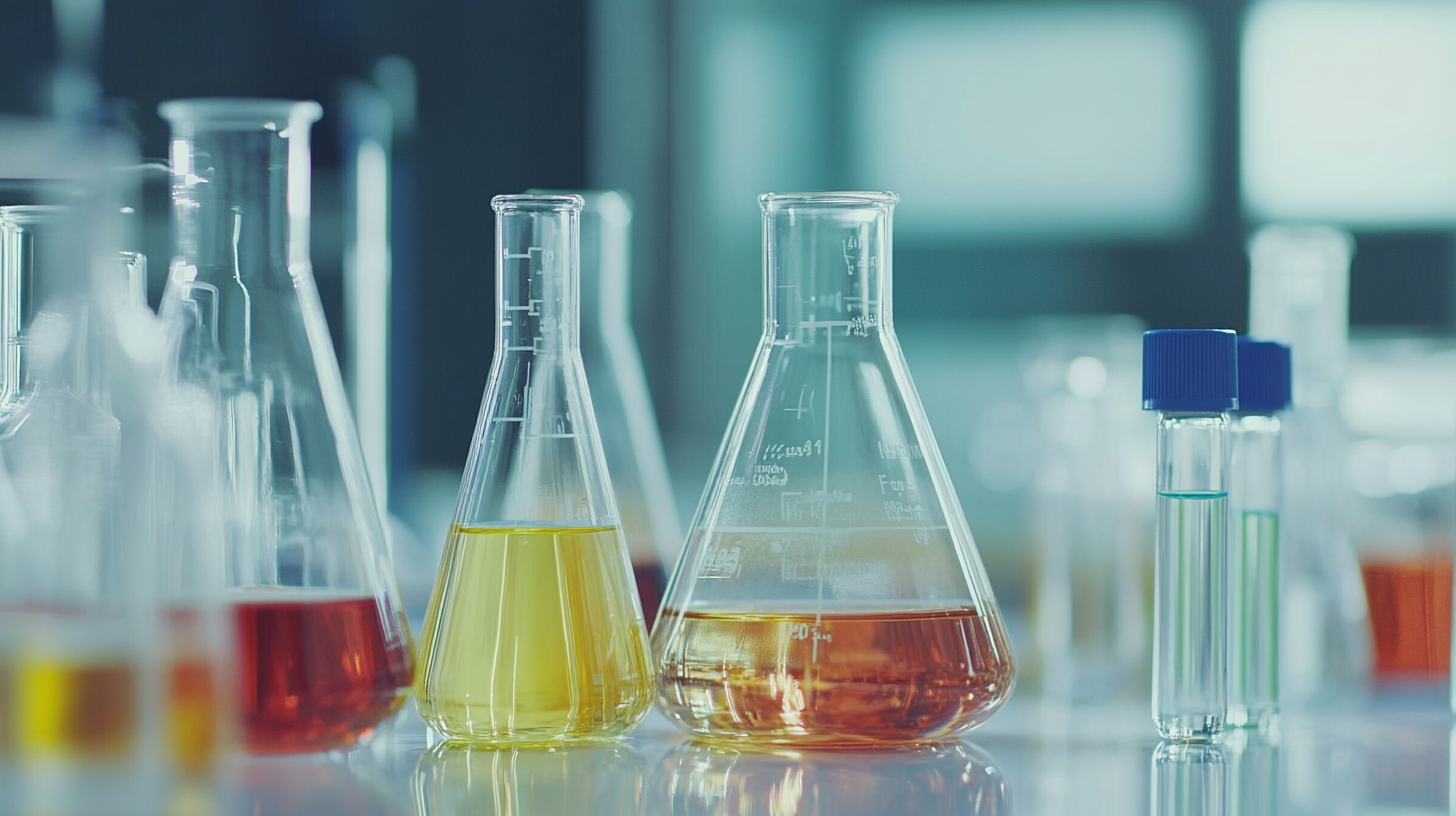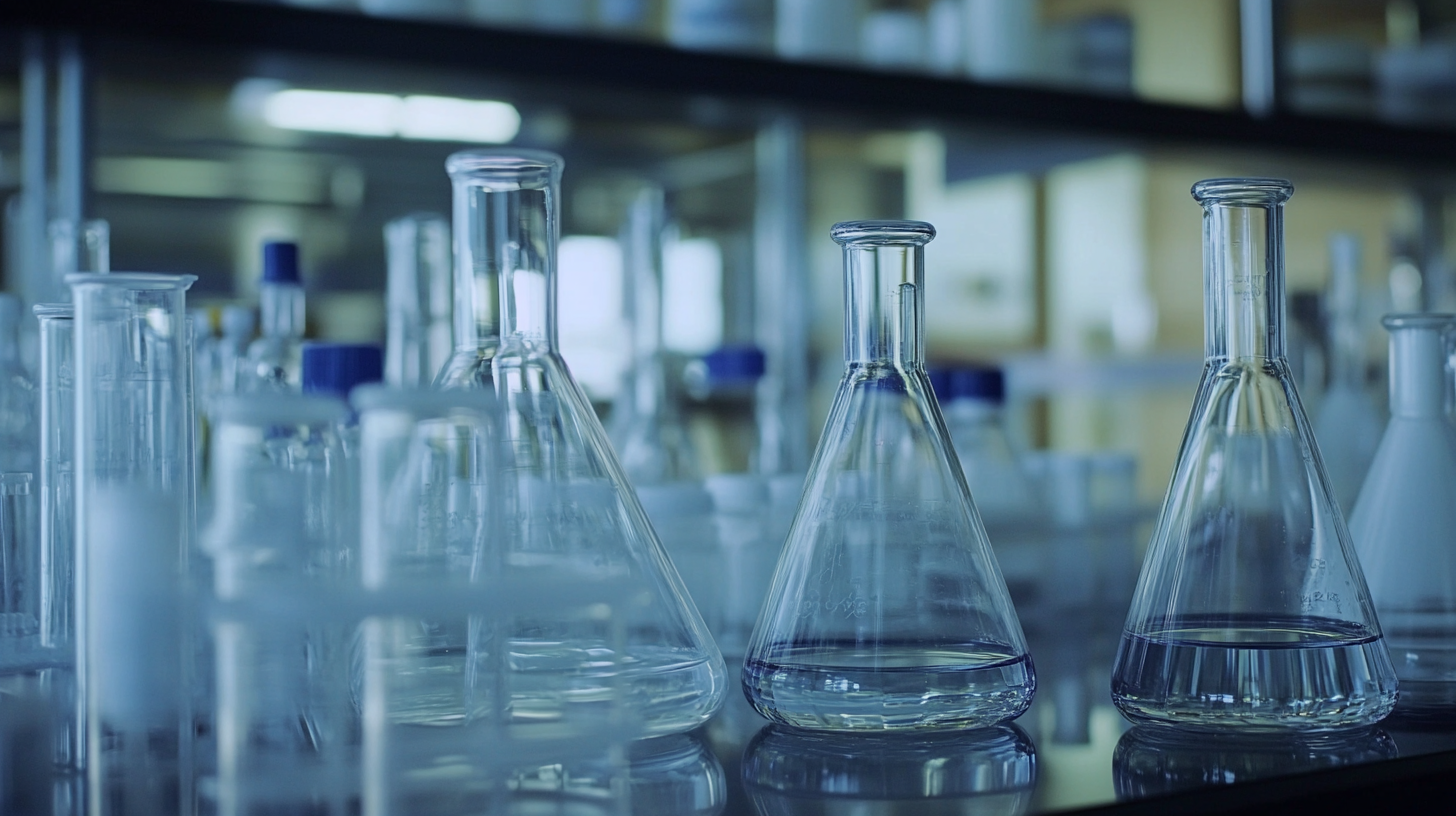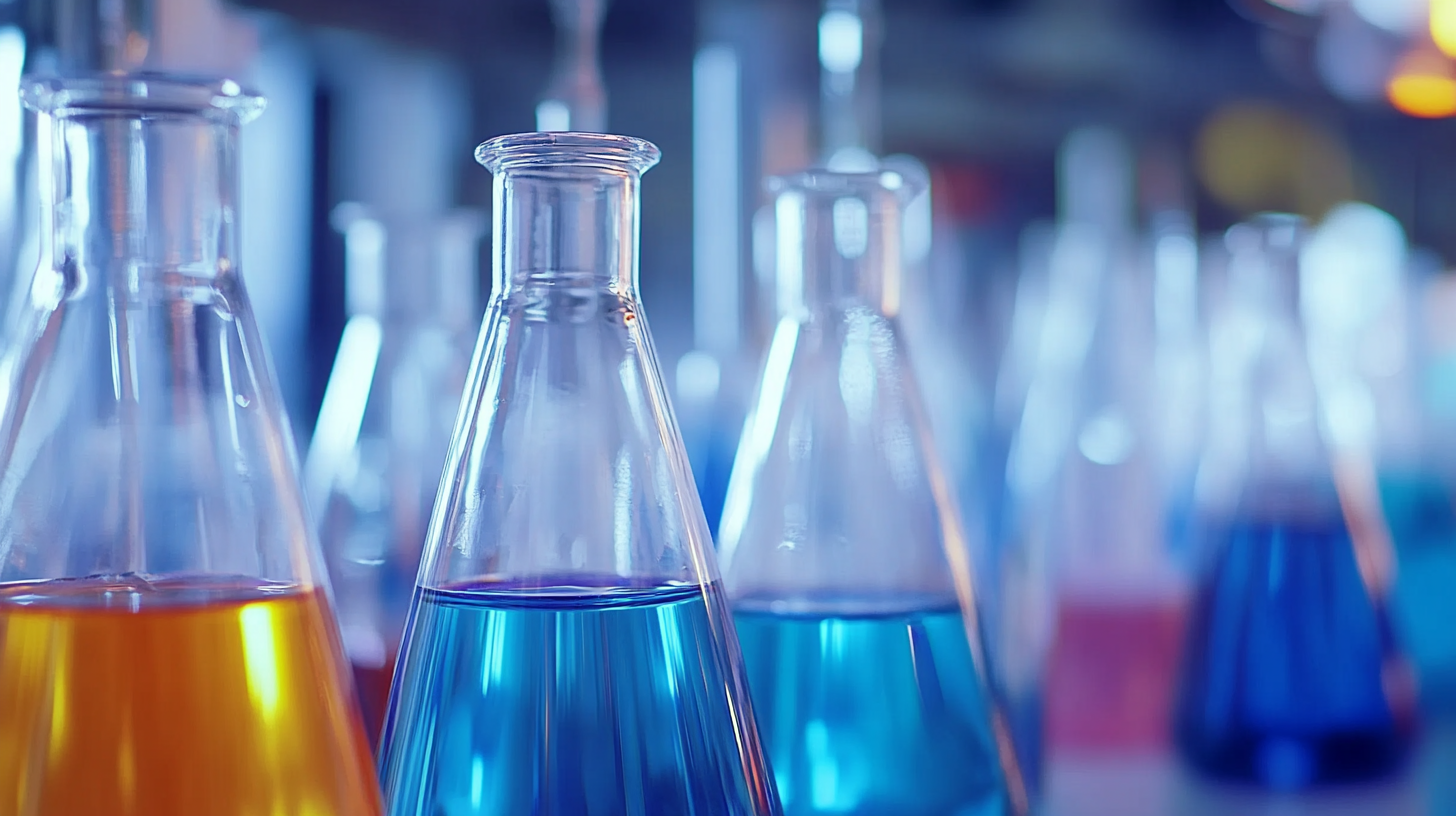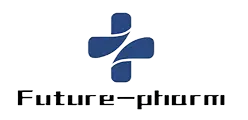
Understanding the Essentials of Pharmaceutical Chemicals for Your Business Success
In today's rapidly evolving healthcare landscape, the significance of Pharmaceutical Chemicals cannot be overstated. These essential compounds are the backbone of drug formulation, playing a critical role in the development of effective therapies that improve patient outcomes. Understanding the intricate world of Pharmaceutical Chemicals is crucial for businesses aiming to thrive in the pharmaceutical industry. From the initial research and development stages to the final manufacturing processes, possessing a comprehensive knowledge of these chemicals empowers businesses to innovate, ensure safety, and meet regulatory standards. As competition intensifies and consumer demands evolve, companies that grasp the fundamentals of Pharmaceutical Chemicals will not only enhance their operational efficiency but also position themselves for lasting success in this highly specialized field. This blog will delve into the key aspects of Pharmaceutical Chemicals that are vital for your business's triumph in the ever-competitive pharmaceutical market.

The Role of Pharmaceutical Chemicals in Drug Development and Production
The pharmaceutical chemicals sector plays a crucial role in the development and production of drugs, serving as the backbone of the entire pharmaceutical industry. As highlighted in recent reports, the global pharmaceutical chemicals market is projected to expand from USD 117.76 billion in 2023 to approximately USD 205.60 billion by 2032. This growth underscores the increasing demand for active pharmaceutical ingredients (APIs) and highlights the importance of maintaining robust supply chains, particularly in light of recent alerts regarding the novel coronavirus, which have prompted major drug companies to reassess their inventories.
Moreover, the introduction of policies such as the National Centralized Drug Procurement (NCDP) in China has significantly influenced research and development investments within chemical pharmaceutical enterprises. Studies indicate that these policies are reshaping the landscape by encouraging innovation while ensuring that drugs remain accessible to the public. This proactive approach is essential, especially in an era when pharmaceutical pollution poses a growing threat to ecosystems, necessitating sustainable manufacturing practices to mitigate environmental impacts.
Green chemistry is gaining traction as a leading strategy for creating more sustainable pharmaceutical production methods. Emphasizing renewable resources and environmentally friendly practices not only helps reduce ecological footprints but also aligns with the increasing regulatory pressures on chemical use in drug manufacturing. As the industry evolves, the integration of sustainable practices will be vital for ensuring long-term success in drug development and production.

Key Factors to Consider When Sourcing Pharmaceutical Chemicals
When it comes to sourcing pharmaceutical chemicals, understanding key factors is essential for ensuring business success. Active Pharmaceutical Ingredients (APIs) play a crucial role in the formulation of effective medications, and selecting the right suppliers can significantly impact both product quality and regulatory compliance. Therefore, a thorough evaluation of potential suppliers, considering their manufacturing processes, quality assurance protocols, and adherence to regulatory standards, is vital. This not only helps in mitigating risks associated with substandard materials but also reinforces trust in the finished products.
In addition to APIs, companies must also assess the availability of agrochemicals and other raw materials that contribute to their production processes. Insights from industry reports, such as those on corn starch and distilled solvent processing plants, highlight the importance of understanding market trends, costs, and necessary infrastructure. Firms need to be well-informed about these factors to make strategic decisions that align with their operational goals. Furthermore, addressing product quality challenges through concepts like Quality by Design (QbD) ensures that the end products meet stringent safety and efficacy standards, which are paramount in maintaining public health and building confidence in healthcare systems.
Regulatory Compliance: Ensuring Safety and Quality in Pharmaceutical Chemicals
In the pharmaceutical industry, regulatory compliance is paramount to ensure the safety and quality of chemicals used in drug manufacturing. Adhering to local and international regulations, such as the FDA in the United States or the EMA in Europe, is essential for companies aiming to maintain credibility and trustworthiness. These regulations dictate stringent guidelines for the procurement, handling, and testing of pharmaceutical chemicals. Non-compliance can result in severe penalties and harm to both reputation and finances.
Moreover, effective quality control measures are crucial for sustaining compliance and ensuring product safety. Implementing systems such as Good Manufacturing Practices (GMP) equips businesses with standardized protocols for quality assurance. Regular audits and continuous monitoring of chemical quality not only help in adhering to regulations but also play a vital role in enhancing customer satisfaction and loyalty. Companies that prioritize these practices often find themselves ahead in a competitive market, leading to more successful business outcomes.

Innovations in Pharmaceutical Chemicals: Trends Shaping the Industry
The pharmaceutical industry is currently undergoing significant transformations driven by innovations in pharmaceutical chemicals. Emerging trends such as AI-driven drug discovery and precision medicine are revolutionizing how drugs are developed and personalized, improving patient outcomes while optimizing costs. According to industry forecasts, the global pharmaceutical chemicals market was valued at approximately USD 117.76 billion in 2023, and it is projected to grow to USD 205.60 billion by 2032, highlighting the increasing demand for advanced pharmaceutical solutions.
In parallel with these advancements, sustainability is becoming a major focus within the sector. The push towards green chemistry initiatives underscores the industry's commitment to sustainable practices. This shift not only addresses environmental concerns but also caters to the growing consumer demand for eco-friendly products. As the chemical industry pivots towards innovation and resiliency, businesses that integrate sustainable manufacturing processes into their operations will likely see substantial growth. With over 4600 startups innovating within this space, the competitive landscape is ripe with opportunities for those ready to embrace these transformative changes.
Innovations in Pharmaceutical Chemicals: Trends Shaping the Industry
Cost Management Strategies for Effectively Utilizing Pharmaceutical Chemicals
Effective cost management strategies are crucial for businesses in the pharmaceutical sector, especially when it comes to utilizing pharmaceutical chemicals. According to a report by Grand View Research, the global pharmaceutical chemicals market is projected to reach USD 498.9 billion by 2028, growing at a CAGR of 6.3%. This underscores the significance of strategic financial planning in the procurement and application of these valuable resources.
To optimize costs, companies can adopt several approaches. Negotiating long-term contracts with suppliers can lead to significant savings, as can diversifying sources to reduce dependency on a single supplier, which can mitigate risks associated with price volatility. Additionally, implementing just-in-time inventory systems ensures that firms only purchase pharmaceutical chemicals as needed, minimizing storage costs and reducing wastage. A study by the McKinsey Global Institute highlights that organizations can save up to 20% in operational costs by optimizing their supply chain processes.
Ultimately, leveraging data analytics can provide insights into usage patterns and costs, allowing businesses to make informed decisions regarding their chemical procurement strategies. By understanding and applying these cost management techniques effectively, pharmaceutical companies can not only enhance their profitability but also ensure the sustainability of their operations in a competitive market.
Cost Management Strategies for Pharmaceutical Chemicals
This chart illustrates the various cost components associated with managing pharmaceutical chemicals, highlighting the importance of cost management strategies for business success in the pharmaceutical industry.
